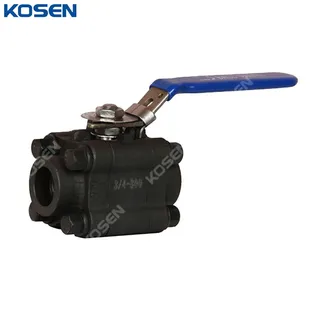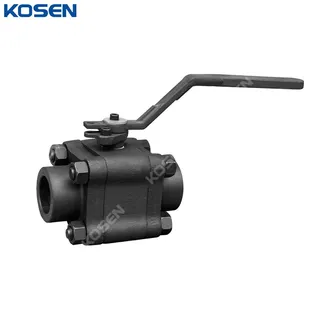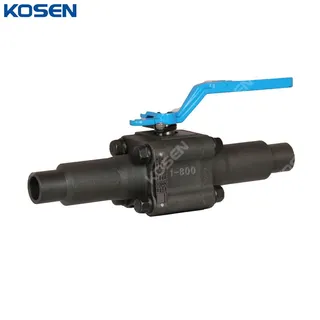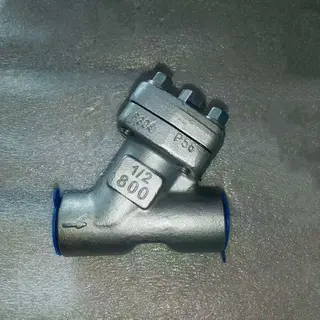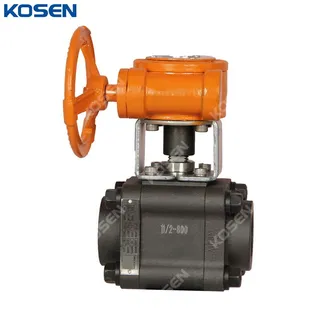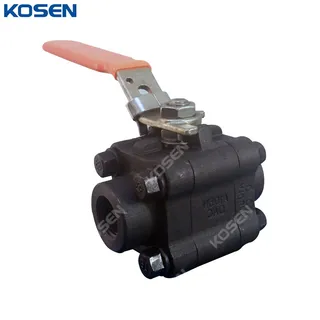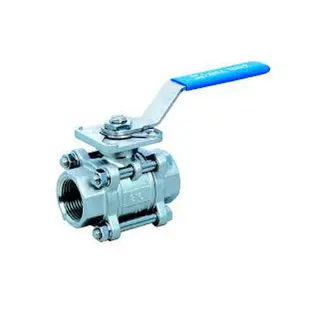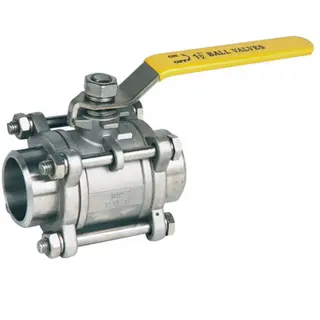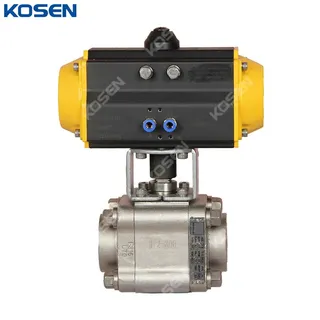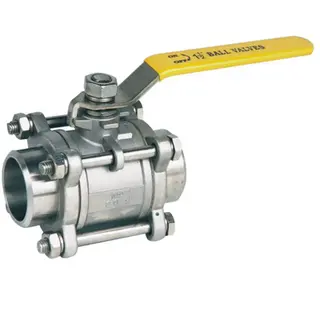ASTM A182 F304L Ball Valve, ASME B16.34, 2 * 1-1/2 IN, CL800
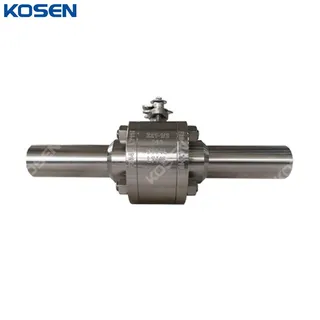
Key Specifications / Features
Detail Information
Product Name: Forged Ball Valve with Nipples
Design Standard: ASME B16.34
Body Material: ASTM A182 F304L
Size: 2 * 1-1/2 Inch, DN50*DN40
Pressure: Class 800 LB, PN130
End Connection: Welded
Operation: Lever
Forged Steel Ball Valves are available in two designs: Two-Piece Split Body and Three-Piece Bolted Body. Made from forged steel, these valves provide superior rigidity and strength, even under maximum rated operating pressure, without the inherent flaws often found in cast valves. The separate body design with sufficient wall thickness, along with high-strength tie bolts, ensures easy maintenance and can withstand the stress from pipeline operations. The internal components are meticulously designed and selected to ensure reliable performance in a wide range of working conditions.
Technical Specification
» Size Range: 1/2-2 Inch (DN15-DN50) (for Forged Items)
» Design Pressure: Class 150-1500 LB (PN10-PN250)
» Materials:
Carbon Steel, Alloy Steel, Stainless Steel, Duplex Steel, etc
ASTM A105N, A350 LF2, A182 F11, F22, F304, F304L, F316, F316L
» Trim Materials: 13%Cr, ASTM A182 F11, F22, SS 304, SS 304L, SS 316, SS 316L, and other specials
» Seat Materials: PTFE, RPTFE, PEEK
» Ends Connections: SW, FNPT, BW
» Design and Manufacture: ASME B16.34
» Face to Face (End to End): ANSI B16.10
» Flanged Connection: ANSI B16.5
» Test and Inspection: API 598, API 6D
» Butt Welded Ends: ANSI B16.5
» Threaded Ends: ASME B1.20.1
» Socket-Weld Ends: ASME B16.11
» Medium: Water, Gas, Oil, etc.
» Temperature Range: -29°C to 150°C
Product Features
Forged Steel Floating Ball Valves are available in three designs: One-Piece Uni-body, Two-Piece Split Body, and Three-Piece Bolted Body. These valves are designed and manufactured to meet the latest international standards, including API 6D, ASME B16.34, BS 5351, or equivalent certifications. Standard features include:
» Fire Safe: Ensures reliable operation in fire-prone environments.
» Anti-static: Prevents static buildup, enhancing safety.
» Blow-out Proof: Provides extra protection to prevent internal components from being ejected during extreme conditions.

